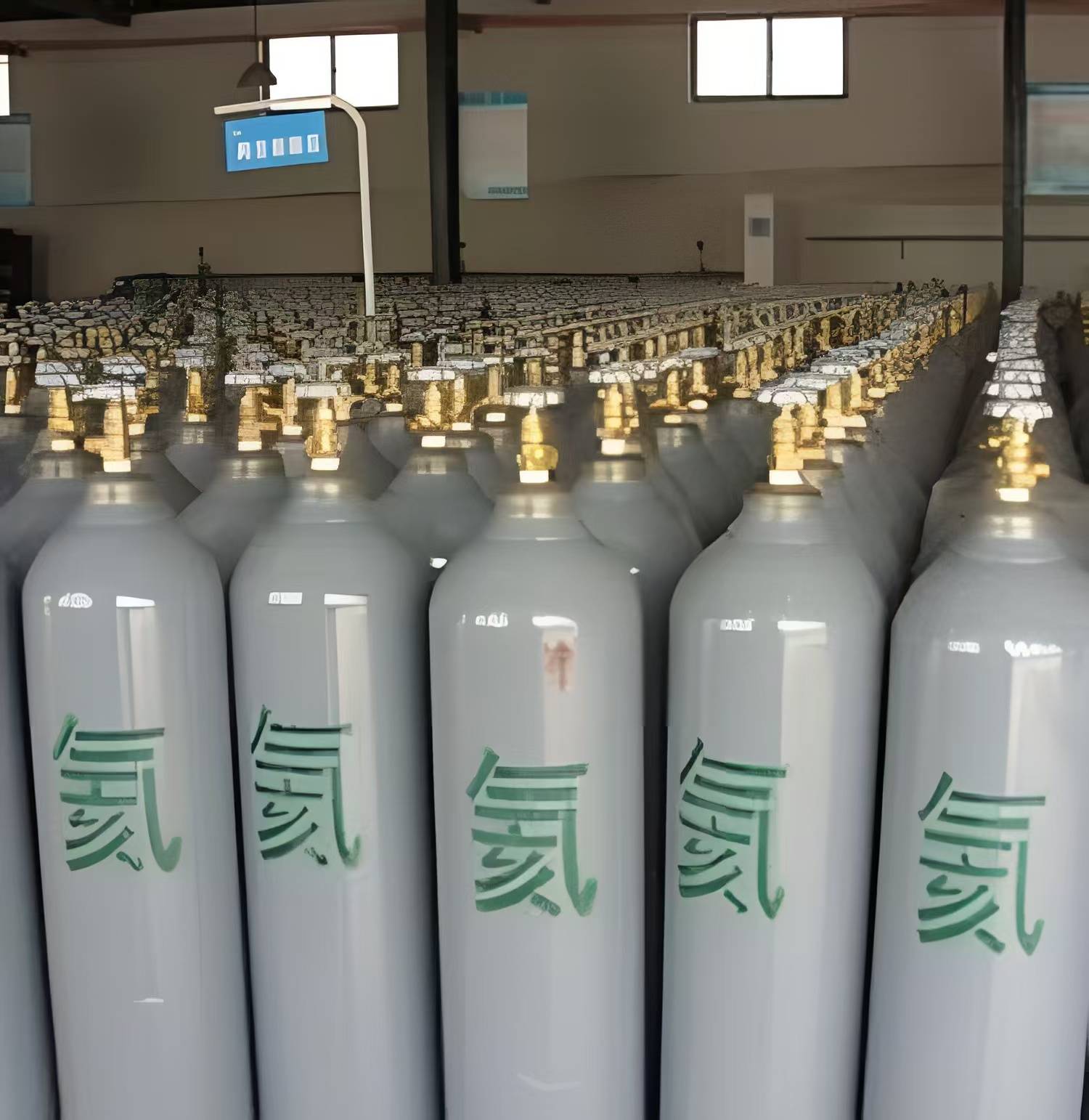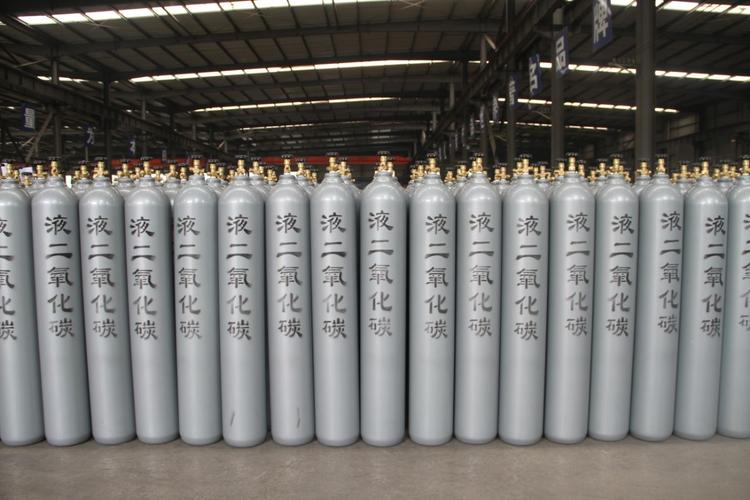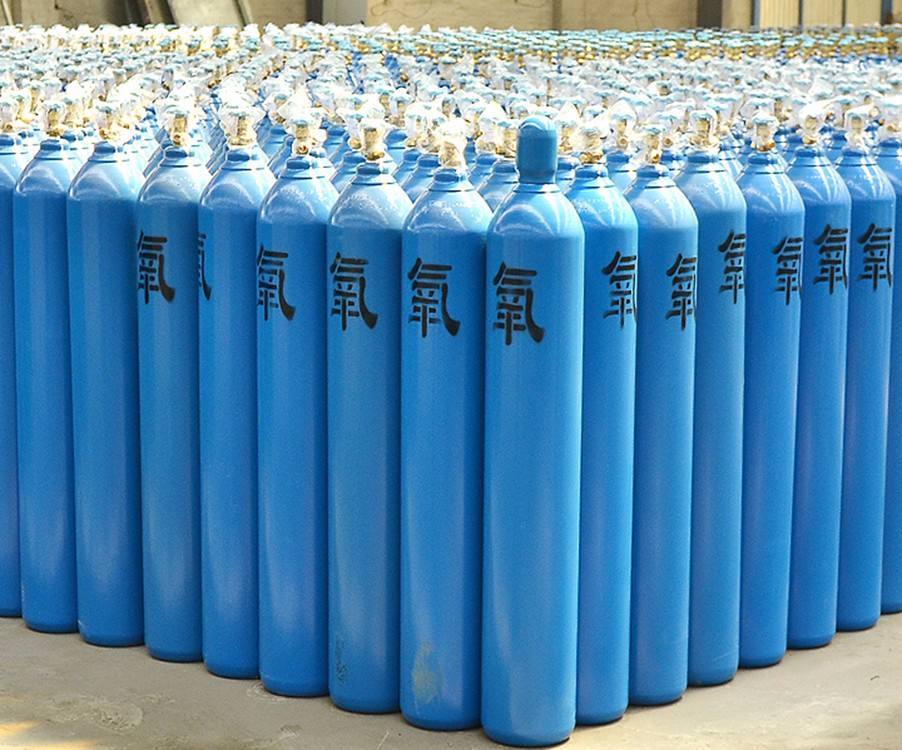The role of high purity gases and flow control in catalysis experiments
Release Time:
Sep 06,2024
Catalytic experiments are a crucial part of chemistry, materials science and industrial production, and are designed to evaluate the performance and selectivity of catalysts under different reaction conditions.
Catalytic experiments are a crucial part of chemistry, materials science and industrial production, and are designed to evaluate the performance and selectivity of catalysts under different reaction conditions. In order to obtain accurate and reliable experimental results, the use of high purity reaction gases and sophisticated flow control systems is indispensable. This not only ensures the consistency of the experimental conditions, but also enables accurate characterisation of the activity and stability of the catalyst, thus providing important data to support the design and optimisation of the catalyst.
1. Reaction gas use in catalytic experiments
In catalysis experiments, reaction gases are used as the raw materials or reaction environment for catalytic reactions, which directly affect the performance of catalysts. Common reaction gases include hydrogen, oxygen, nitrogen, methane, carbon dioxide, etc. These gases react through the catalyst surface to generate target products. In order to accurately assess the performance of the catalyst, the purity and flow rate of the reaction gases must be strictly controlled during the experiment.
2. Importance of high purity reaction gases
The use of high purity reaction gases is important in catalysis experiments in many ways:
Avoiding the interference of side reactions: impurities in the reaction gas may trigger side reactions, which may affect the actual performance of the catalyst. For example, in hydrogenation reactions, impurities of oxygen or water vapour may cause oxidation of the catalyst surface, reducing its activity or altering its selectivity. Therefore, the use of high purity gases can reduce these unwanted side reactions and ensure the accuracy of experimental results.
Ensure catalyst selectivity: The selectivity of a catalyst refers to its ability to promote the formation of specific products. Gas impurities may compete for adsorption or react with the catalyst surface, resulting in a change in product distribution. Therefore, high purity reaction gases help to accurately assess the selectivity of the catalyst for the target reaction and avoid errors due to impurities.
Improved experimental reproducibility: The use of high purity gases reduces batch-to-batch variability, making experimental conditions more controllable and thus improving experimental reproducibility. This consistency is particularly important for industrial applications or large scale production of catalysts.
3. The role of precision flow control systems
In addition to gas purity, a precision flow control system is also an indispensable part of a catalysis experiment. The accuracy of the flow control directly affects the rate of reactant supply and the stability of the reaction conditions, thus having a significant impact on the outcome of the catalytic reaction.
Accurate adjustment of reaction conditions: With a precision flow control system, the flow rate of the reaction gas can be accurately adjusted to ensure that each experiment is carried out under the same gas supply conditions. This is essential for assessing catalyst activity and selectivity, as the rate and product distribution of catalytic reactions are often dependent on the rate of reactant supply.
Dynamic experimental condition control: In some catalytic experiments, the researcher may need to dynamically adjust the flow rate of the reactant gas during the experiment in order to simulate the variation of working conditions in real industrial processes. Precision flow control systems enable such real-time adjustments, helping researchers to more fully evaluate catalyst performance.
Improve experimental safety: Many reaction gases (e.g. hydrogen, oxygen, methane, etc.) are flammable, explosive or toxic. Precision flow control system can ensure the safety of gas supply and avoid safety accidents caused by excessive or fluctuating gas flow.
4. Selection of suitable high-purity gas and flow control system
Selection of the appropriate high purity gas and flow control system is critical in actual catalysis experiments. The following are some key considerations:
Gas purity requirement: According to the sensitivity of the catalytic reaction, choose a suitable gas purity. Typically, the gas purity should be 99.999% (5N) or higher to minimise the effect of impurities.
Selection of gas supplier: Choose a reputable gas supplier to ensure the purity and stability of the gas, and ask the supplier to provide a detailed analysis report of the gas composition.
Accuracy of flow control equipment: The flow control system should have high accuracy and stability to ensure accurate adjustment under different experimental conditions. The range, response speed and compatibility with the experimental system of the flow meter should be considered when selecting.
System calibration and maintenance: Calibrate and maintain the flow control system regularly to ensure its long-term stable operation. Meanwhile, the sealing and anti-leakage design of the gas delivery system is also an important aspect to ensure the safety of the experiment.
In catalysis experiments, the use of high purity reaction gases and a precise flow control system is the key to ensure the accuracy and reliability of the experimental results. High purity gases can avoid side reactions and impurity interference, so as to accurately assess the performance and selectivity of catalysts. The precise flow control system ensures the controllability and safety of the experimental conditions, allowing the researchers to explore the behaviour of the catalysts in depth. The combination of the two not only helps to obtain high-quality experimental data, but also to ensure that the catalysts' behaviour can be thoroughly investigated.









